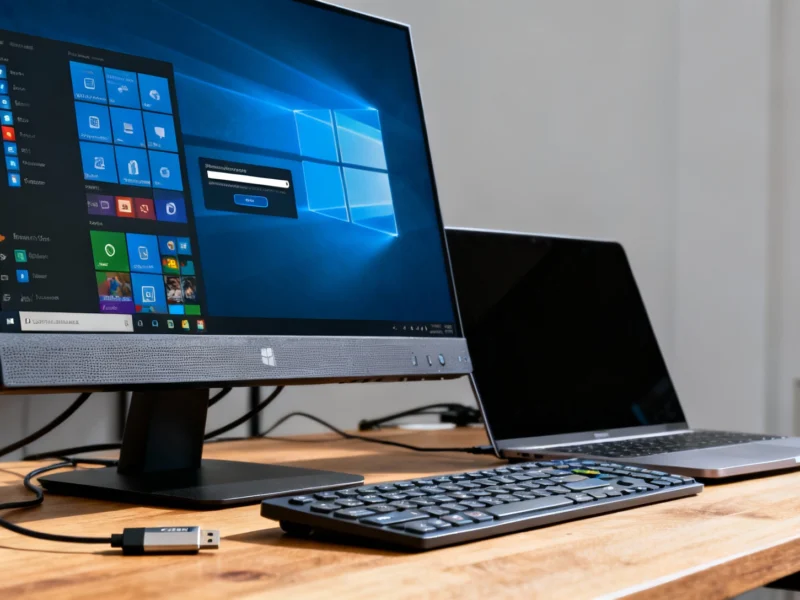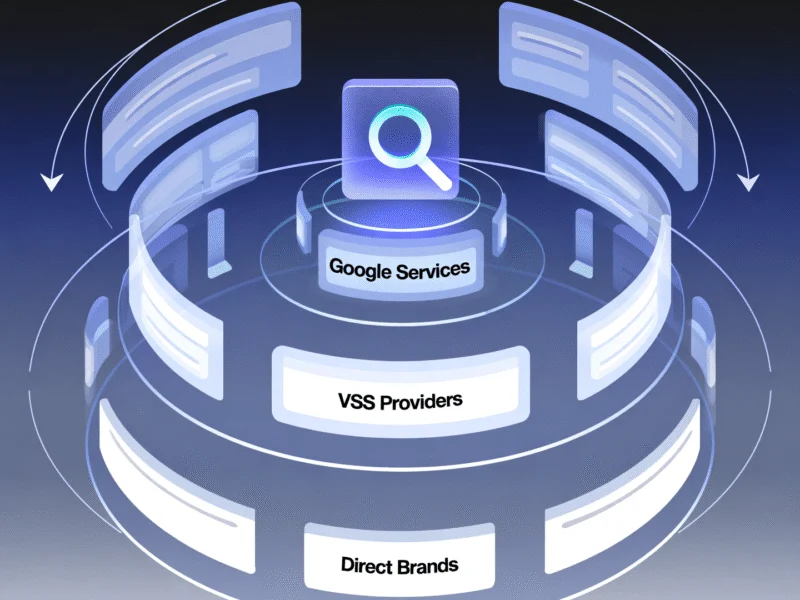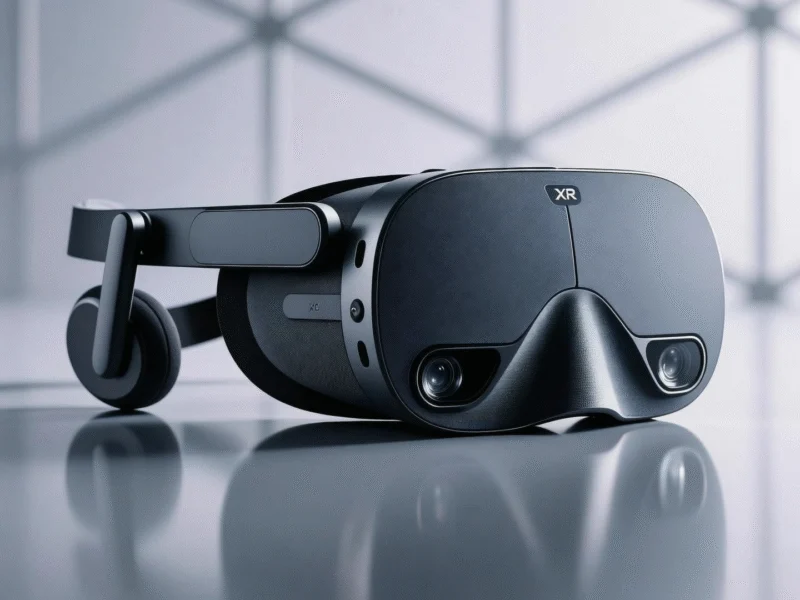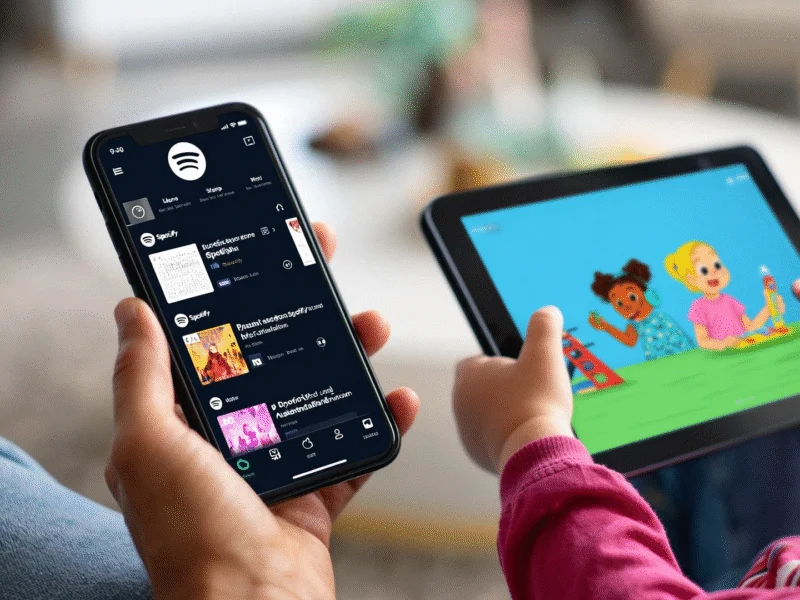Windows 10 End of Life Arrives
After nearly a decade of service, Windows 10 reaches its end of life today, marking the conclusion of mainstream support from Microsoft. The company will deploy one final free update around 10 AM PT / 1 PM ET / 6 PM BST, leaving hundreds of millions of personal computer users worldwide without ongoing support after this milestone.
Final Update and Extended Security Options
Today’s concluding update for Windows 10 includes crucial bug fixes and patches for known security vulnerabilities identified in the aging operating system. Users seeking continued protection can enroll in Microsoft’s Extended Security Updates (ESU) program, which provides an additional year of security coverage for those not ready to transition.
Upgrade Challenges and Consumer Frustration
Microsoft’s planned smooth transition from Windows 10 has encountered significant obstacles, including consumer dissatisfaction and legal scrutiny, particularly across European markets. The company’s stringent hardware requirements for Windows 11 have stranded millions of functional PCs, forcing owners to choose between purchasing new hardware, running unsupported software, or paying for extended updates through the ESU program.
Controversy Surrounding Extended Security Updates
The ESU program has generated considerable debate across different regions. While European users recently gained access to free extended security updates under an EU regulatory agreement, they must comply with a 60-day Microsoft account sign-in requirement. This development follows growing regulatory scrutiny of Microsoft’s software practices by the European Commission.
Consumer Advocacy and Technical Issues
Consumer rights organizations including Euroconsumers are reportedly preparing complaints alleging forced obsolescence, arguing that users are being pressured into purchasing new PCs and operating systems. Meanwhile, American consumer advocates have submitted an open letter to Microsoft CEO Satya Nadella requesting extended Windows 10 support. Adding to the upgrade complications, Microsoft recently acknowledged that the Windows 11 Media Creation Tool was malfunctioning for Windows 10 users, creating manual upgrade difficulties just before the operating system’s end of life. Similar technical challenges have affected other major technology providers, according to analysis of recent industry disruptions.
Unexpected User Responses
In a surprising development, some users are actually moving backward to older operating systems rather than upgrading to Windows 11. This unexpected trend highlights the ongoing challenges Microsoft faces in transitioning its user base from the beloved Windows 10 platform to its newer operating system offering.



